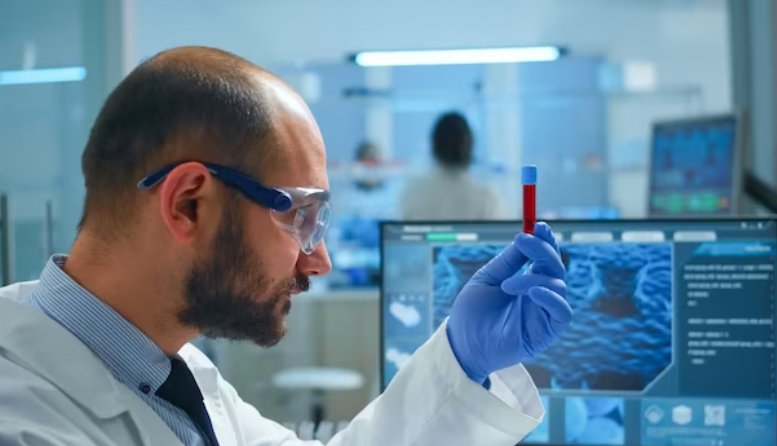Introduction
In the dynamic landscape of pharmaceutical research, the pursuit of groundbreaking drugs demands innovative approaches that transcend traditional methods. Among these, computational methods have emerged as a cornerstone in the realm of drug discovery services, revolutionizing the way new therapeutics are identified, designed, and developed. By harnessing the power of advanced algorithms, data analysis, and simulations, these methods have significantly expedited the drug discovery process, offering unparalleled insights into molecular interactions and optimizing candidate compounds. In this article, we delve into the multifaceted role of computational methods in accelerating drug discovery, highlighting their immense potential in shaping the future of healthcare.
Understanding Computational Methods in Drug Discovery
- Virtual Screening and Compound Selection: One of the foremost applications of computational methods is virtual screening, where vast libraries of compounds are screened in silico to identify potential drug candidates. This significantly reduces the time and resources required for experimental screening, as computational simulations can predict a molecule’s interaction with a target protein.
- Predictive ADME-Tox Modeling: Computational models enable the prediction of a compound’s Absorption, Distribution, Metabolism, Excretion, and Toxicity (ADME-Tox) properties. This early assessment helps in the prioritization of compounds with favorable pharmacokinetic profiles and reduces the chances of late-stage failures.
- Structure-Based Drug Design: By simulating the interactions between target proteins and potential drug molecules, computational methods aid in designing compounds that bind more effectively and specifically. This approach expedites the optimization of lead compounds into drug candidates.
Enhancing Efficiency in Drug Discovery
- Data-Driven Insights: Computational methods can analyze vast amounts of data from various sources, such as biological databases and scientific literature. This data-driven approach uncovers hidden patterns and relationships that guide researchers towards novel targets and therapeutic strategies.
- Parallel Processing and High-Throughput Screening: With the power of parallel processing, computational methods enable high-throughput virtual screening of massive compound libraries. This acceleration of screening processes leads to quicker identification of potential hits.
- De Novo Drug Design: Computational techniques allow researchers to design entirely new compounds based on desired properties and molecular interactions. This approach can lead to the creation of unique drug candidates with improved efficacy and safety profiles.
Advancing Drug Development through Computational Insights
- Predicting Drug-Drug Interactions: Computational tools assess potential interactions between new drug candidates and existing medications, minimizing the risks of adverse effects and drug interactions.
- Optimizing Formulations: Computational simulations aid in optimizing drug formulations, predicting how drugs will dissolve, release, and distribute in the body. This knowledge guides formulation scientists to create effective drug delivery systems.
- Accelerating Clinical Trial Designs: Computational modeling assists in designing more efficient and informative clinical trials. This results in quicker assessments of a drug’s efficacy and safety, ultimately accelerating the path to regulatory approval.
Conclusion: The Synergy of Drug Discovery and Development Services
In the dynamic landscape of drug discovery, the role of computational methods cannot be overstated. These tools, which range from predictive modeling to virtual screening, have transformed the process from a laborious trial-and-error approach to an efficient, knowledge-driven endeavor. Today, drug discovery services harness the power of computational methods to sift through immense datasets, predict molecular interactions, and accelerate hit identification. This synergy of technology and science streamlines the drug discovery process, making it more precise and productive.
As the journey progresses from drug discovery to drug development, the integration of computational insights continues to shine. Drug development services employ computational tools to fine-tune formulations, optimize clinical trial designs, and predict potential challenges. This convergence of disciplines exemplifies the potential of technology to reshape the medical landscape and improve patient outcomes.
In essence, the collaboration between computational methods, drug discovery services, and drug development services presents a holistic approach to addressing the complex challenges of discovering and bringing new drugs to market. As technology advances further, it’s certain that the relationship between computational methods and drug discovery will only grow stronger, ushering in a new era of medical innovation.


